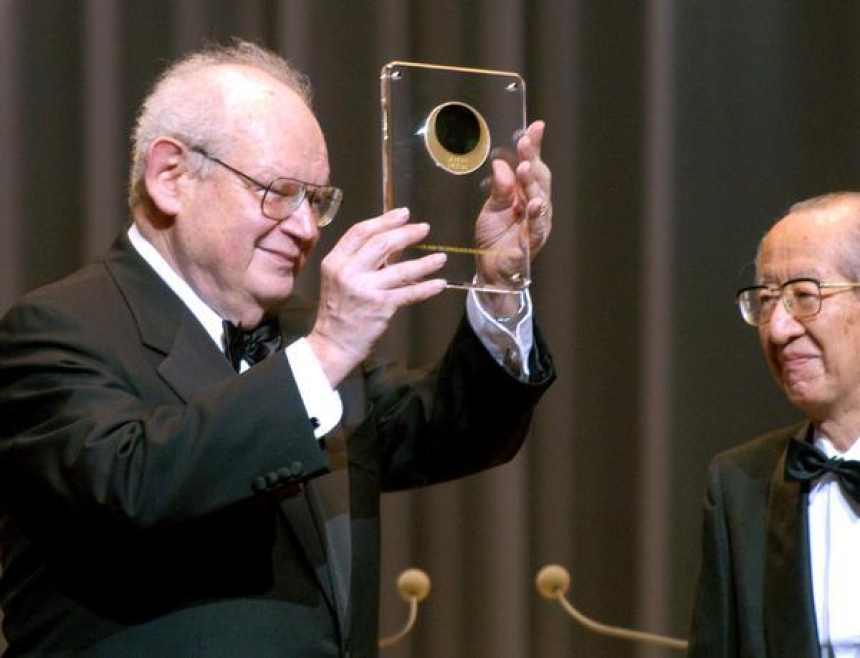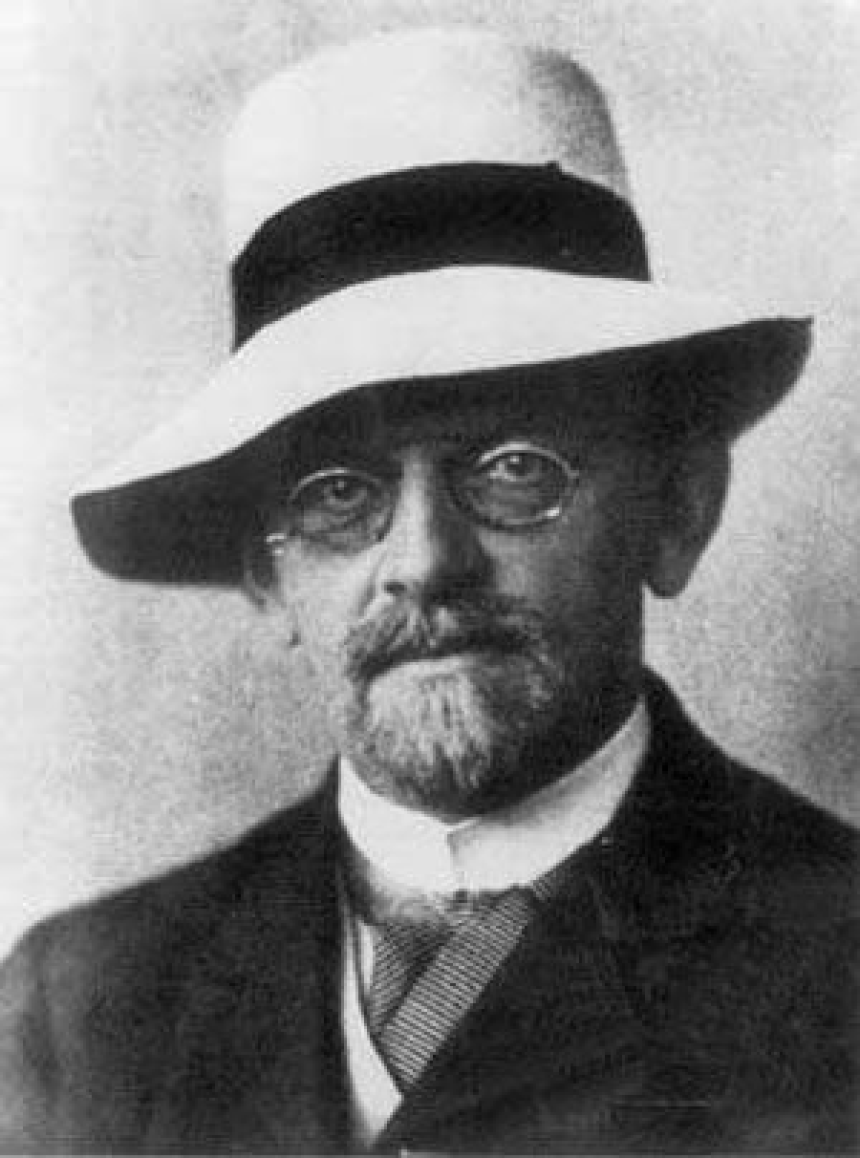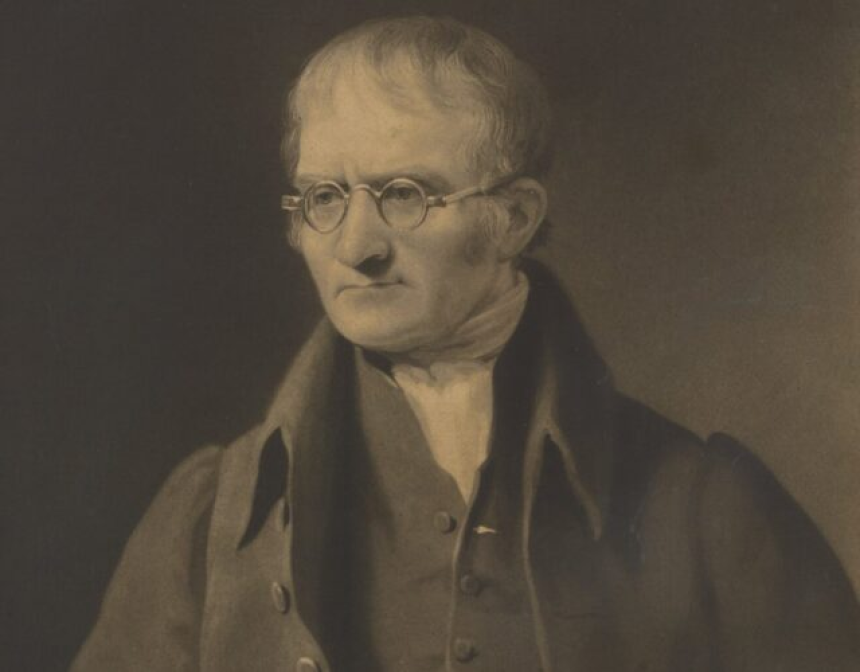
Benoit Mandelbrot
Exploring the Fascinating World of Benoit Mandelbrot
Exploring the Fascinating World of Benoit MandelbrotBenoit Mandelbrot was a highly acclaimed mathematician known for his pioneering work in the field of fractal geometry. Born on November 20, 1924, in Poland, Mandelbrot became fascinated with mathematics at an early age. He went on to make significant contributions that revolutionized our understanding of complex patterns and structures found in the natural world.
Early Life and EducationMandelbrot's family moved to France when he was a child to escape the rise of anti-Semitism in Poland. Growing up in Paris, he excelled in mathematics and received his bachelor's degree in 1945 from the prestigious École Polytechnique. He later pursued a Ph.D. in mathematics at the University of Paris, where he wrote his doctoral thesis on the theory of information in mathematical sequences.
The Fractal GeometryOne of Mandelbrot's most notable achievements was the development of fractal geometry, a field that studies mathematical objects characterized by self-similarity. Fractals are shapes or patterns that repeat themselves at different scales or levels of magnification. Mandelbrot's groundbreaking work introduced the idea of "fractal dimension," which measures the complexity of irregular shapes.
Fractal geometry found its applications in various fields, including physics, computer graphics, biology, and finance. It helped scientists and researchers understand phenomena that were previously considered too complex or unpredictable.
The Mandelbrot SetThe Mandelbrot set is a famous fractal discovered by Benoit Mandelbrot in 1979. It is created by iteratively applying a simple mathematical equation to each point in the complex plane. The result is a remarkable set of intricate patterns and shapes that exhibit infinite complexity.
The Mandelbrot set has captured the imagination of mathematicians and artists alike. Its beauty lies in the infinite detail that emerges as you zoom closer into its complex form. The deeper you explore the Mandelbrot set, the more intricate and mesmerizing patterns you discover.
Legacy and ImpactMandelbrot's work had a profound impact on the scientific community, inspiring new ways of looking at the world around us. His ideas sparked a paradigm shift in mathematics and brought attention to the concept of "roughness" in natural phenomena.
His book "The Fractal Geometry of Nature" published in 1982, became a seminal work in the field. It popularized fractal geometry and made it accessible to a wider audience, fostering interdisciplinary collaborations and inspiring many researchers to explore the applications of fractals in their respective fields.
ConclusionBenoit Mandelbrot's contributions to mathematics and the development of fractal geometry have left an indelible mark on the scientific world. His groundbreaking work has expanded our understanding of complex systems and opened doors to new areas of research. Mandelbrot's legacy continues to inspire curiosity and exploration, reminding us of the profound beauty and order found in nature's complexity.
FAQs1. What is fractal geometry?
Fractal geometry is a field of mathematics that studies mathematical objects characterized by self-similarity. These objects exhibit repeating patterns at different scales or levels of magnification, and they often possess a fractional or non-integer dimension.
2. How did Benoit Mandelbrot contribute to fractal geometry?
Benoit Mandelbrot is widely regarded as the pioneer of fractal geometry. He introduced the concept of "fractal dimension" and discovered the famous Mandelbrot set, which has become an iconic representation of fractal geometry.
3. What are the practical applications of fractal geometry?
Fractal geometry has found applications in various fields, including physics, computer graphics, biology, finance, and data compression. It helps scientists and researchers understand complex phenomena and model intricate systems.
4. How can fractal geometry inspire creativity?
The intricate and visually stunning patterns produced by fractal geometry have inspired artists, musicians, and designers. Fractal-based algorithms and software are often used in digital art, architecture, and music composition to create aesthetically pleasing and harmonious works.
5. Can fractal geometry help us understand the natural world better?
Yes, fractal geometry has provided valuable insights into various natural phenomena, such as cloud formation, coastline shapes, and the branching patterns of trees. By studying these fractal patterns, scientists have gained a deeper understanding of the complexity and interconnectedness of the natural world.





